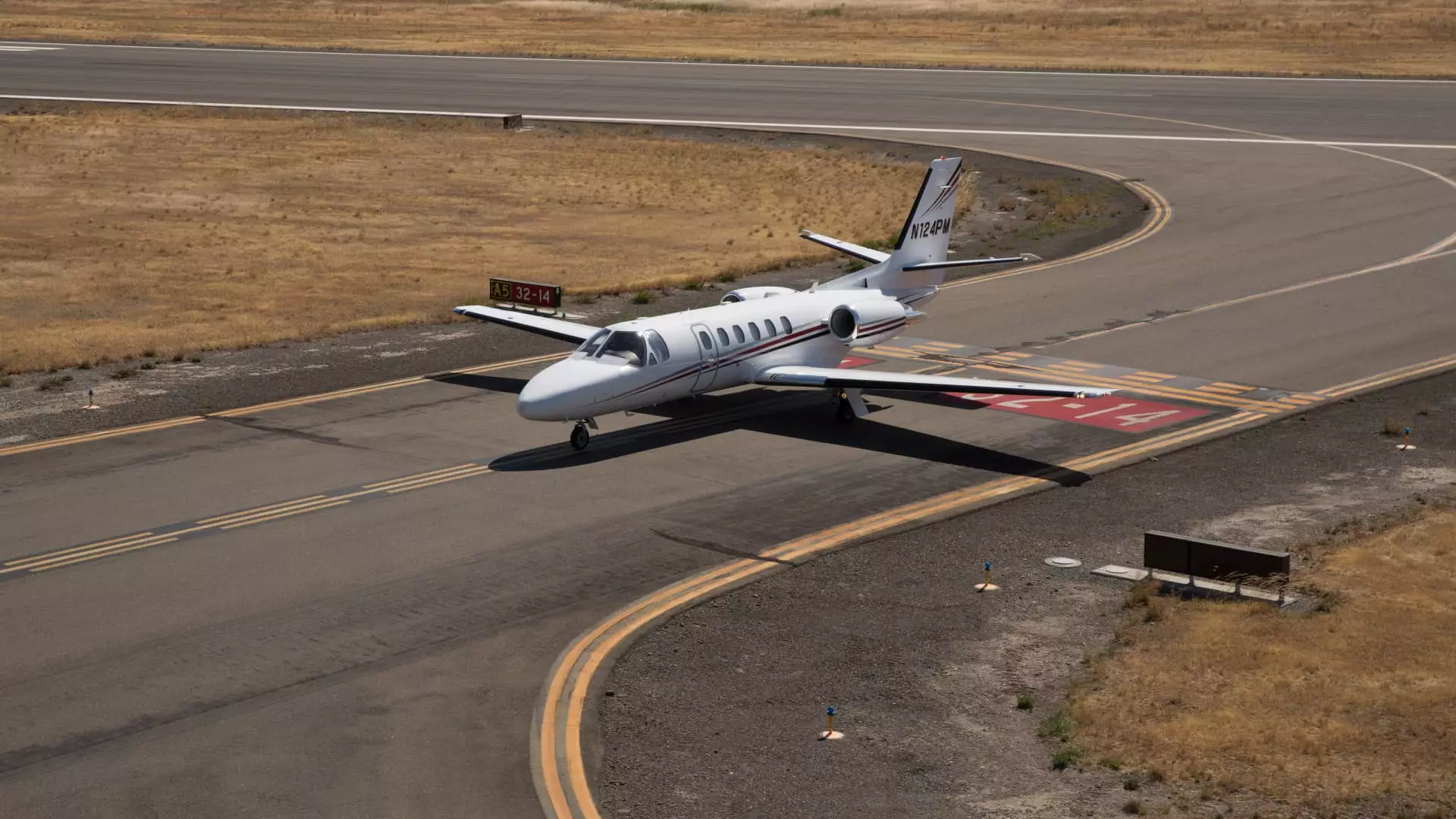The latest findings from Barclays have unveiled a stark decline in consumer interest in business jets, revealing a staggering 49% drop in customer demand since March. This isn’t merely a fleeting downturn; it reflects a significant sentiment shift that has sent ripples throughout the aviation industry. Conducted in mid-April, this survey encompassed responses from 65 business jet broker-dealers and financiers, shedding light on the severe impact of current economic conditions on the luxury travel sector. With the composite score plummeting from 52 to 40, the survey signals more than just a downturn in purchasing habits; it represents a growing apprehension among affluent clientele regarding their travel investments.
Unpacking the Core Metrics
The Barclays Business Jet Indicator is built on a thorough analysis encompassing five critical metrics, including consumer outlook and pricing trends. When we dissect these findings, all metrics—barring inventory levels—saw significant reductions over the month, emphasizing a collective loss of confidence not typically associated with the wealthy elite. This composite score in the low 40s minimally hints at a market poised on the brink of recession, as evidenced by the unsettling correlation with the book-to-bill ratio of aircraft manufacturers, a critical measure of their operational health. Such indicators are alarming, suggesting that a trend seen primarily in volatile market conditions is now seeping into areas previously insulated from economic downturns.
The Tariff Effect
Another crucial element influencing consumer behavior is the palpable anxiety surrounding tariffs. An overwhelming 93% of respondents in the Barclays survey believe tariffs will have a detrimental effect on demand, which is not just a statistic but a reflection of widespread concern regarding operational costs. This serves as a warning sign not only for manufacturers but also for potential buyers, prompting many to hit the brakes on their purchasing decisions. The looming specter of potential tariff increases and their knock-on effects on financial planning are now too salient to ignore. This pervasive fear also feeds into their broader business concerns, driving customers to reconsider their investments in what is typically a bespoke and luxurious market segment.
Current Market Sentiment and Future Projections
The bearish market sentiment is particularly underscored by the survey’s insights, where nearly half of the respondents—46%—reported a deteriorating interest in acquiring business jets since March. The stark contrast here raises alarming questions: if even those who have historically engaged in luxury expenditures are now retrenching, what does that indicate about the broader economic landscape? Additionally, a shaky 67% of participants harbored negative expectations regarding used jet demand. The forecast for this segment, which generally serves as a barometer for the longevity of an aircraft’s desirability, aligns with the sobering reality that the industry is entering a challenging phase.
Potential Relief Through Legislation
Despite these disheartening statistics, a potential lifeline comes in the form of pending legislation aimed at extending the Tax Cuts and Jobs Act. This act has provided a foundational advantage for businesses by permitting immediate 100% deductions on eligible equipment purchases, offering them a cushion in turbulent times. Republican lawmakers are eyeing the prospect of reinstating this favorable rate, which could incentivize manufacturers and buyers alike, particularly in an environment fraught with uncertainty. Such legislative shifts could, hypothetically, revitalize interest in new purchases and inject a much-needed sense of optimism back into the market.
However, while legislative measures could spark some revival, they cannot mask the deeper issues plaguing consumer confidence in the aviation sector. A philosophical inquiry arises: if high-end buyers—those often resistant to economic changes—are feeling vulnerable, what does that suggest for the future? The intersection of economic variables influencing consumer behavior signifies that the market may be in for a prolonged period of reevaluation and caution. Adversity has a way of revealing deeper truths about consumer psychology, and the business jet market is no exception.


Leave a Reply